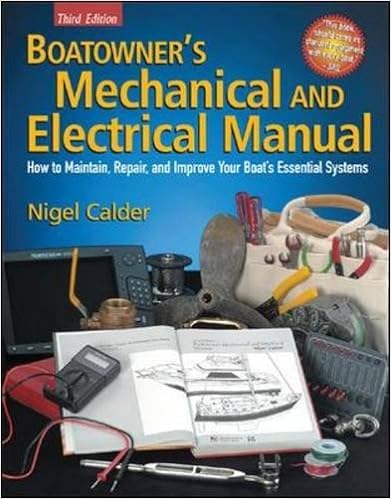jsplichal2
Veteran Member
Hi all,
I have an electrical question I'm hoping someone can help me figure out. For a "house bank", the PO just had a battery that charged off shore power and then ran 12 gauge wire to the bilge pump. From the bilge pump it connected to everything else and worked the lights, water pump etc.... There is a battery selector on the DC panel and it had a cable running to the engine room. I moved the battery and hooked it up to this cable and grounded it to the engine. After doing this, the breakers on the DC panel would read 12v on the voltmeter but nothing would actually turn on. When I reattached the ground to the bilge pump, everything would work again. So to summarize, positive is always connected to the battery selector on the DC panel. With negative connected to engine, panel reads 12v but nothing works. With negative connected to bilge pump, panel reads 12v and everything works. So my question is, with the negative connected to the engine, why would the panel read 12v but nothing works?
I have an electrical question I'm hoping someone can help me figure out. For a "house bank", the PO just had a battery that charged off shore power and then ran 12 gauge wire to the bilge pump. From the bilge pump it connected to everything else and worked the lights, water pump etc.... There is a battery selector on the DC panel and it had a cable running to the engine room. I moved the battery and hooked it up to this cable and grounded it to the engine. After doing this, the breakers on the DC panel would read 12v on the voltmeter but nothing would actually turn on. When I reattached the ground to the bilge pump, everything would work again. So to summarize, positive is always connected to the battery selector on the DC panel. With negative connected to engine, panel reads 12v but nothing works. With negative connected to bilge pump, panel reads 12v and everything works. So my question is, with the negative connected to the engine, why would the panel read 12v but nothing works?


